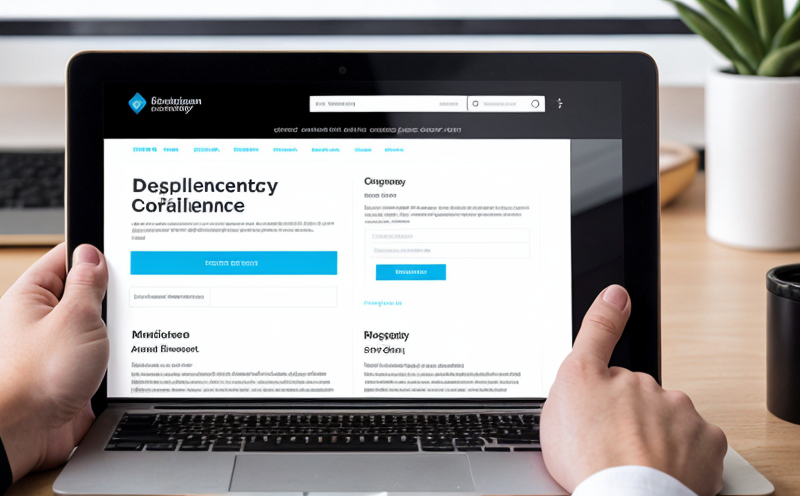
-
Healthcare and Medical Devices-
Product Development and Design-
Designing for Regulatory Compliance
We provide comprehensive solutions designed to help our clients mitigate risks, enhance performance, and excel in key areas such as quality, health & safety, environmental sustainability, and social responsibility.
Discover
For many years, our organization has been operating successfully, boasting modern laboratories that meet international standards. These laboratories are equipped with the latest technology devices and equipment, and we have built a strong team of experienced and trained personnel to operate them.
DiscoverWelcome to Eurolab, your partner in pioneering solutions that encompass every facet of life. We are committed to delivering comprehensive Assurance, Testing, Inspection, and Certification services, empowering our global clientele with the ultimate confidence in their products and processes.
Discover
-
Healthcare and Medical Devices-
Product Development and Design-
Designing for Regulatory ComplianceDesigning for Regulatory Compliance: A Guide to Ensuring Your Product Meets Industry Standards
In todays complex and highly regulated business landscape, designing products that meet industry standards and regulations is more crucial than ever. Whether youre a manufacturer of medical devices, financial software, or consumer electronics, compliance with regulatory requirements is essential to avoid fines, penalties, and reputational damage.
Designing for regulatory compliance requires a deep understanding of the relevant laws and regulations, as well as a robust design process that incorporates compliance considerations from the outset. This article will provide an overview of the importance of designing for regulatory compliance, common regulatory challenges, and practical tips for incorporating compliance into your product design.
Common Regulatory Challenges
Regulatory compliance can be a daunting task, especially for companies operating in highly regulated industries. Some common regulatory challenges include:
Inadequate Design Reviews: Failing to conduct thorough design reviews can lead to costly redesigns or recalls down the line. Conducting regular design reviews with a multidisciplinary team can help identify potential compliance issues early on.
Lack of Transparency and Documentation: Inadequate documentation and transparency can make it difficult for regulatory bodies to assess your products compliance. Keep accurate records, including design files, test results, and user manuals.
Designing for Regulatory Compliance
To ensure your product meets industry standards, incorporate the following principles into your design process:
Conduct Thorough Research: Familiarize yourself with relevant laws, regulations, and industry standards applicable to your product. Consult regulatory guidelines, attend workshops, and engage with industry experts to stay up-to-date.
Involve Regulatory Experts Early On: Collaborate with regulatory experts from the outset to ensure compliance considerations are integrated into your design process.
Use Design for Manufacturability (DFM) Principles: Applying DFM principles can help reduce production costs and minimize potential compliance issues by considering manufacturing constraints early on.
Consider User Safety and Security: Prioritize user safety and security in your design, taking into account factors such as risk assessment, usability testing, and data protection.
Design for Regulatory Compliance Best Practices
To ensure your product meets regulatory requirements, follow these best practices:
Conduct User Testing and Validation: Validate your products compliance by conducting user testing and validation with diverse user groups.
Implement Risk-Based Approach: Identify potential risks and implement a risk-based approach to mitigate them, taking into account factors such as likelihood, severity, and control effectiveness.
Use Industry Standards and Guidelines: Adopt industry standards and guidelines for design, manufacturing, and testing to ensure your product meets regulatory requirements.
Software Regulatory Compliance
In the software development lifecycle, incorporating compliance considerations is crucial to avoid costly mistakes. Consider the following:
Conduct Code Reviews and Audits: Regularly review code and conduct audits to identify potential security vulnerabilities and compliance issues.
Implement Secure Coding Practices: Adhere to secure coding practices, including input validation, error handling, and access control.
Use Regulatory-Compliant Software Tools: Utilize software tools that are compliant with regulatory requirements, such as data encryption and authentication mechanisms.
Hardware Regulatory Compliance
For hardware products, ensure compliance by:
Designing for Electromagnetic Compatibility (EMC): Ensure your product meets EMC standards to minimize electromagnetic interference (EMI) risks.
Implementing Safety Features: Incorporate safety features, such as overcurrent protection and thermal management, to mitigate potential hazards.
Conducting Testing and Validation: Perform thorough testing and validation to ensure compliance with regulatory requirements.
Software of Things (SoT)
The rise of the Internet of Things (IoT) has led to an increase in connected devices. For SoTs, consider:
Data Security and Protection: Prioritize data security and protection by implementing secure communication protocols, such as encryption and authentication mechanisms.
Device Management and Update Processes: Develop robust device management and update processes to ensure that devices receive necessary updates and security patches.
Medical Device Regulatory Compliance
For medical devices, ensure compliance with:
Good Manufacturing Practice (GMP): Adhere to GMP guidelines for design, manufacturing, and testing to ensure your product meets regulatory requirements.
Medical Device Reporting (MDR): Implement MDR procedures to report adverse events and product defects in a timely manner.
QA Section
Q: What are the most common regulatory challenges facing companies today?
A: Common regulatory challenges include inadequate design reviews, lack of transparency and documentation, and insufficient compliance with industry standards and regulations.
Q: How can I ensure my product meets industry standards and regulations?
A: Conduct thorough research, involve regulatory experts early on, use design for manufacturability (DFM) principles, and consider user safety and security in your design.
Q: What is the importance of conducting user testing and validation?
A: User testing and validation are essential to ensure that your product meets regulatory requirements and complies with industry standards.
Q: How can I implement a risk-based approach to mitigate potential compliance issues?
A: Identify potential risks, assess their likelihood and severity, and implement controls to mitigate them.
Q: What are the key considerations for software regulatory compliance?
A: Conduct code reviews and audits, implement secure coding practices, and use regulatory-compliant software tools.
Q: How can I ensure my hardware product meets regulatory requirements?
A: Design for electromagnetic compatibility (EMC), implement safety features, and conduct thorough testing and validation.
Q: What are the key considerations for Software of Things (SoT) regulatory compliance?
A: Prioritize data security and protection, develop robust device management and update processes, and ensure secure communication protocols.
Q: How can I ensure my medical device meets regulatory requirements?
A: Adhere to Good Manufacturing Practice (GMP), implement Medical Device Reporting (MDR), and conduct thorough testing and validation.

Renewable Energy Testing and Standards
Renewable Energy Testing and Standards: Ensuring a Sustainable Future The world is rapidly transiti...

Environmental Impact Assessment
Environmental Impact Assessment: A Comprehensive Guide Environmental Impact Assessment (EIA) is a c...

Agricultural Equipment Certification
Agricultural equipment certification is a process that ensures agricultural machinery meets specific...

Hospitality and Tourism Certification
Hospitality and Tourism Certification: Unlocking Opportunities in the Industry The hospitality and ...
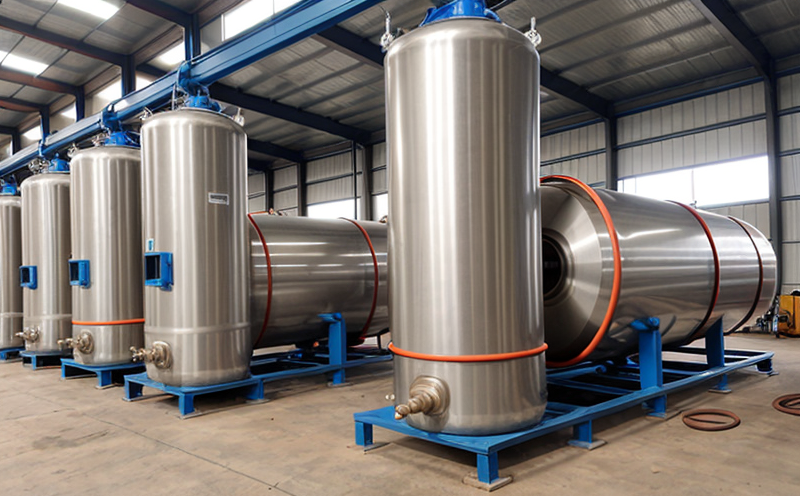
Pressure Vessels and Installations Testing
Pressure Vessels and Installations Testing Pressure vessels are a critical component of various ind...
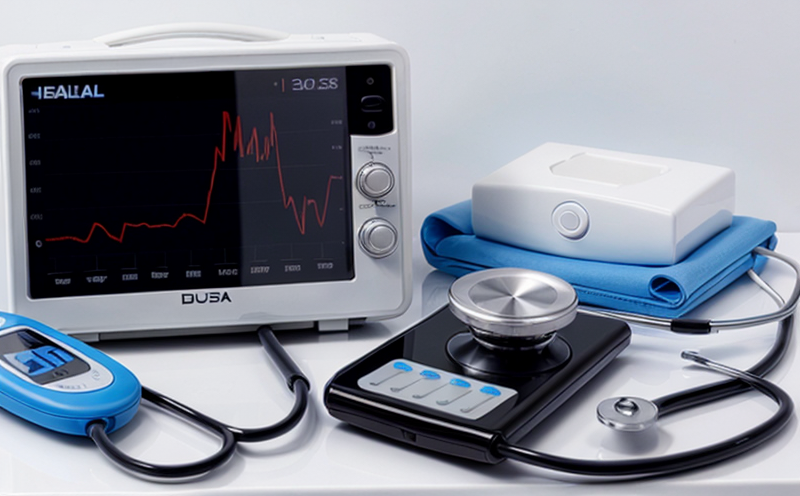
Healthcare and Medical Devices
The Evolution of Healthcare and Medical Devices: Trends, Innovations, and Challenges The healthcare...

Trade and Government Regulations
Trade and government regulations play a vital role in shaping the global economy. These regulations ...

Food Safety and Testing
Food Safety and Testing: Ensuring the Quality of Our Food As consumers, we expect our food to be sa...

Railway Industry Compliance
Railway Industry Compliance: Ensuring Safety and Efficiency The railway industry is a critical comp...
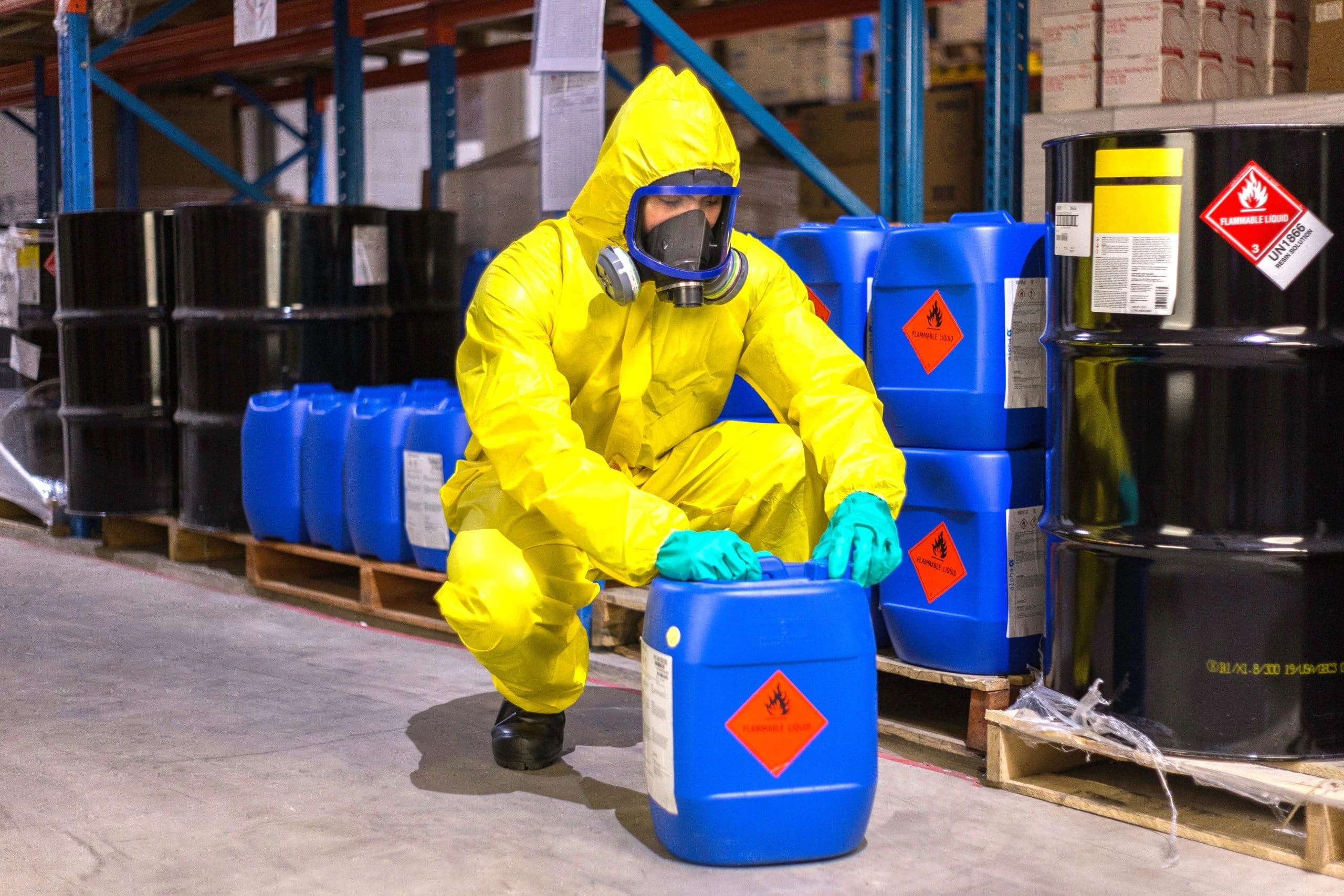
Chemical Safety and Certification
Chemical safety and certification are critical in ensuring the safe management of products and proce...

Pharmaceutical Compliance
Pharmaceutical compliance refers to the adherence of pharmaceutical companies and organizations to l...
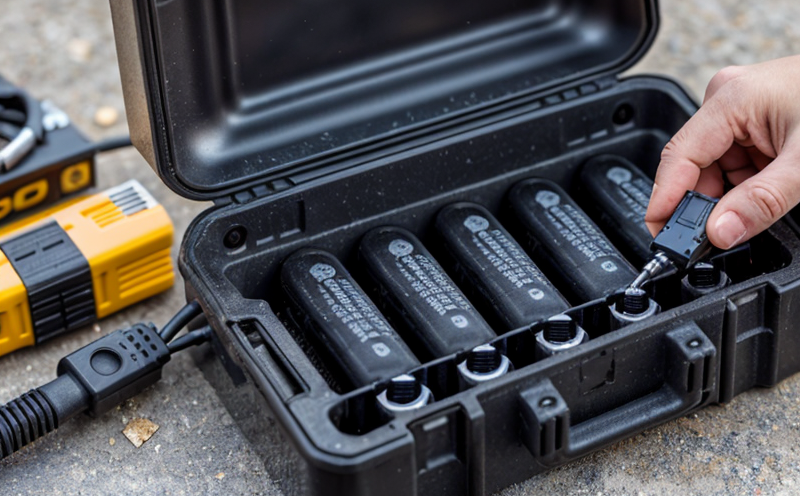
Battery Testing and Safety
Battery Testing and Safety: A Comprehensive Guide As technology continues to advance, battery-power...

Aviation and Aerospace Testing
Aviation and Aerospace Testing: Ensuring Safety and Efficiency The aviation and aerospace industr...
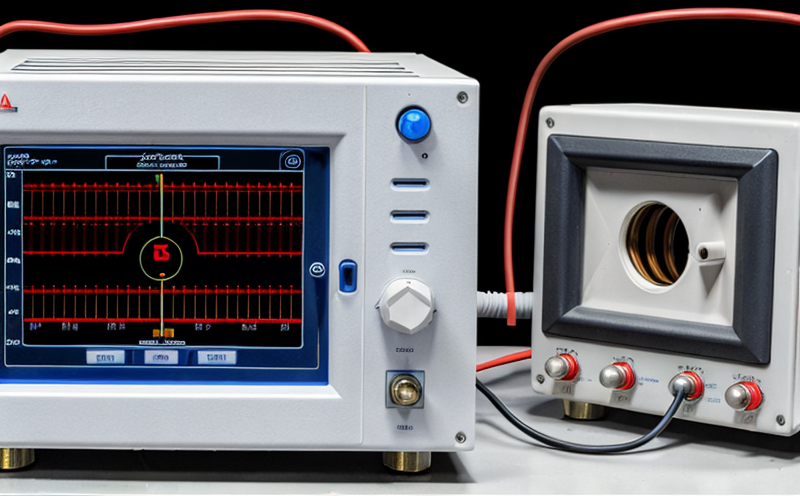
Electrical and Electromagnetic Testing
Electrical and Electromagnetic Testing: A Comprehensive Guide Introduction Electrical and electrom...

Cosmetic Product Testing
The Complex World of Cosmetic Product Testing The cosmetics industry is a multi-billion-dollar ma...

Electromechanical Safety Certification
Electromechanical Safety Certification: Ensuring Compliance and Protecting Lives In todays intercon...

Transportation and Logistics Certification
Transportation and Logistics Certification: A Comprehensive Guide The transportation and logistics ...

Automotive Compliance and Certification
Automotive Compliance and Certification: Ensuring Safety and Efficiency The automotive industry is ...

IT and Data Center Certification
IT and Data Center Certification: Understanding the Importance and Benefits The field of Informatio...

Energy and Sustainability Standards
In today’s rapidly evolving world, businesses face increasing pressure to meet global energy a...
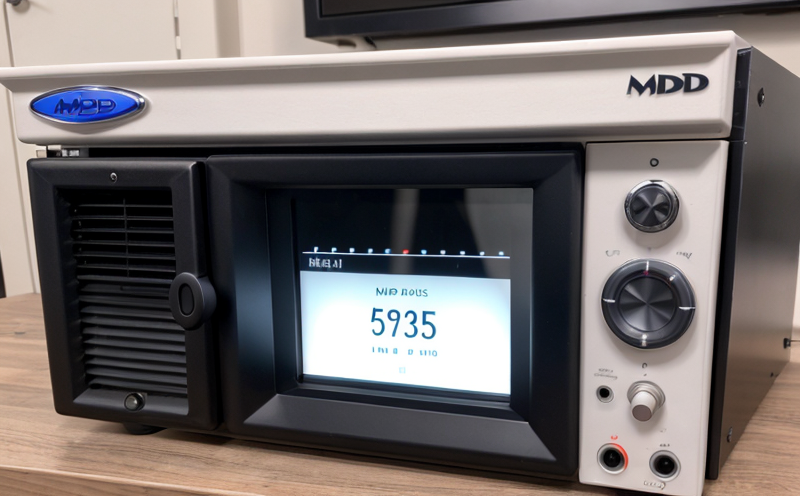
MDR Testing and Compliance
MDR Testing and Compliance: A Comprehensive Guide The Medical Device Regulation (MDR) is a comprehe...

Environmental Simulation Testing
Environmental Simulation Testing: A Comprehensive Guide In todays world, where technology is rapidl...

Product and Retail Standards
Product and Retail Standards: Ensuring Quality and Safety for Consumers In todays competitive marke...
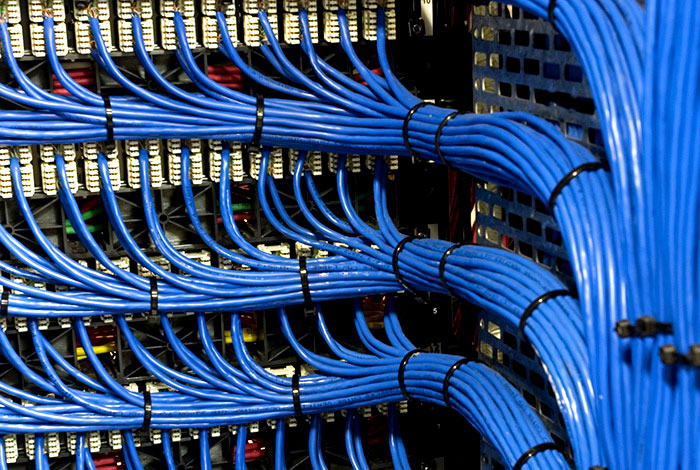
NEBS and Telecommunication Standards
Network Equipment Building System (NEBS) and Telecommunication Standards The Network Equipment Bu...

Industrial Equipment Certification
Industrial equipment certification is a critical process that ensures industrial equipment meets spe...

Construction and Engineering Compliance
Construction and Engineering Compliance: Ensuring Safety, Quality, and Regulatory Adherence In the ...

Consumer Product Safety
Consumer Product Safety: Protecting Consumers from Harmful Products As a consumer, you have the rig...

Military Equipment Standards
Military Equipment Standards: Ensuring Effectiveness and Safety The use of military equipment is a ...

Fire Safety and Prevention Standards
Fire Safety and Prevention Standards: Protecting Lives and Property Fire safety and prevention stan...
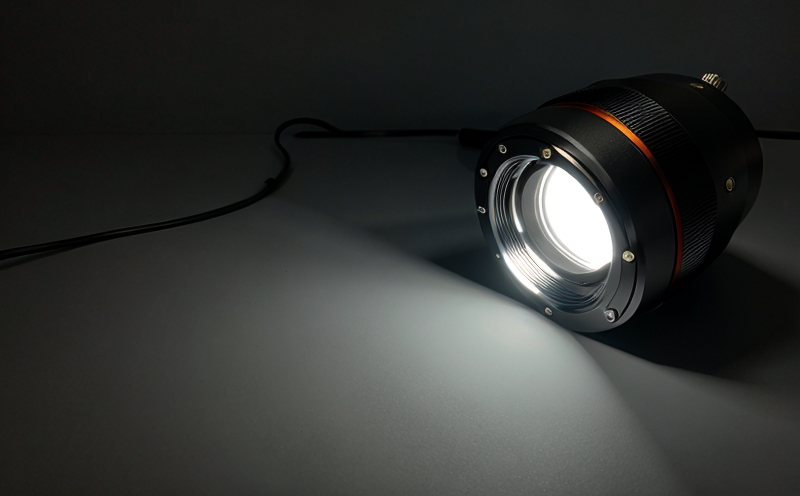
Lighting and Optical Device Testing
Lighting and Optical Device Testing: Ensuring Performance and Safety Lighting and optical devices a...